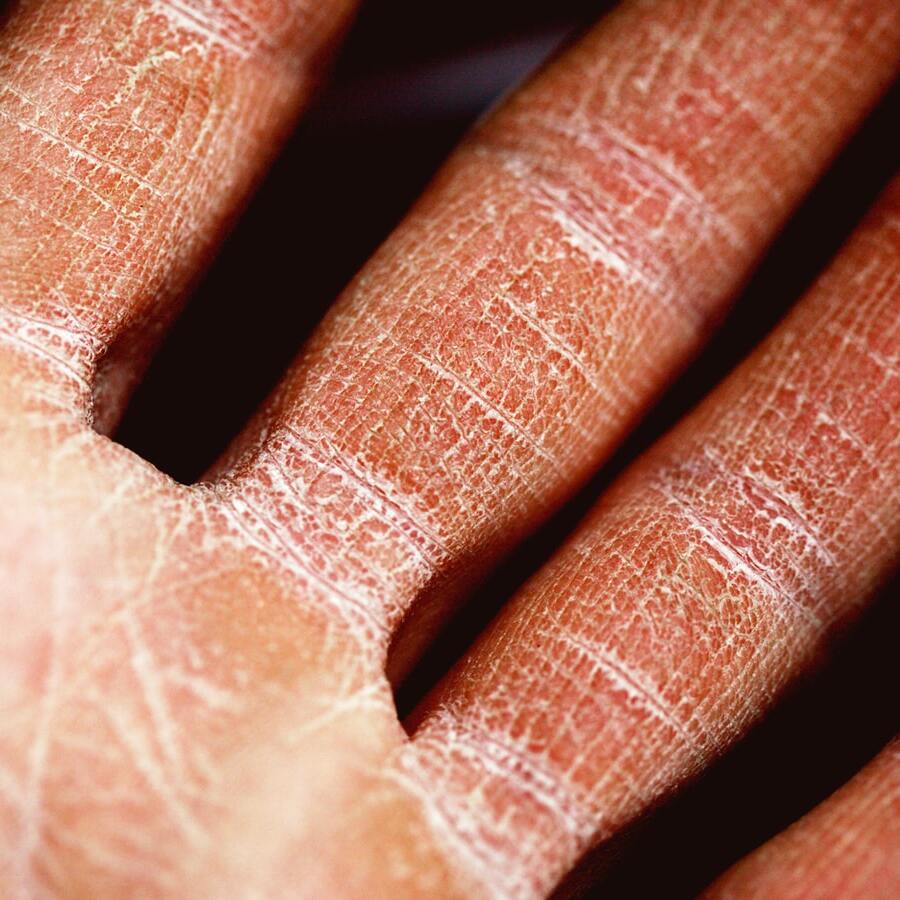Article
Atopic Dermatitis Severity Linked to Incremental Societal Healthcare Costs
Author(s):
Both direct and indirect costs were higher in patients with mild-to-moderate and severe atopic dermatitis compared to the control group.

A new analysis shows incremental societal costs are associated with the severity of atopic dermatitis, with both direct and indirect costs higher in patients with mild-to-moderate and severe atopic dermatitis compared to a reference group.
A team, led by Gustaf Ortsäter, Quantify Research, estimated the societal economic burden and identified cost determinants of atopic dermatitis by severity.
The Burden
The economic burden of atopic dermatitis by severity has not previously been explored much.
“This disease causes significant patient and family burden, impacting both costs and quality of life,” the authors wrote. “It was traditionally believed that the disease gradually resolves in the majority of pediatric and adolescent patients when they enter adulthood, but in some patients, the condition persists and continues to have an impact on patients' well-being in adulthood and [atopic dermatitis] can also develop for the first time in adulthood."
In the population-based, controlled cohort, the investigators examined patients in Sweden with atopic dermatitis that were identified through diagnosis codes in primary or secondary care or by dispensed medications using administrative healthcare registers. The study also included a reference cohort of patients without atopic dermatitis.
The investigators calculated primary and secondary care visit and dispensed medication costs, as well as indirect costs such as care for sick children and long-term sick leave for adults. Patients with atopic dermatitis were stratified by age and severity and matched with the reference cohort.
Increased Costs
The results show the annual mean per-patient direct healthcare costs in the first year following an atopic dermatitis diagnosis was $973.24 and $1,302.13 higher in pediatric patients with mild-to-moderate and severe atopic dermatitis compared to the control group.
For indirect costs, the mean costs for care of sick children was $71.36 and $80.67 higher per patient with mild-to-moderate and severe atopic dermatitis, respectively, compared to the reference cohort.
In the adolescent cohort of patients aged 12-18 years, patients with mild-to-moderate and severe atopic dermatitis had direct healthcare costs $843.95 and $1,303.16 higher, respectively.
For adults, healthcare costs were $1,637.23 and $3,064.50 higher in patients with mild-to-moderate and severe atopic dermatitis, respectively. The indirect costs were $153.07 and $272.01 higher compared with controls in patients with mild-to-moderate and severe atopic dermatitis.
The investigators also looked at some of the drivers of costs and found the management of comorbid conditions factored into incremental healthcare costs.
The total incremental societal economic burden of atopic dermatitis was $363 million and $99 million higher in patients with mild-to-moderate and severe atopic dermatitis, respectively, compared to controls.
“[Atopic dermatitis] is associated with a significant societal economic burden primarily driven by the cost burden of [mild-to-moderate] [atopic dermatitis] due to the high prevalence of this population,” the authors wrote. “Regardless of severity level, management of non-[atopic dermatitis] comorbidities is a major driver of total costs.”
The study, “Societal economic burden and determinants of costs for atopic dermatitis,” was published online in JEADV.





